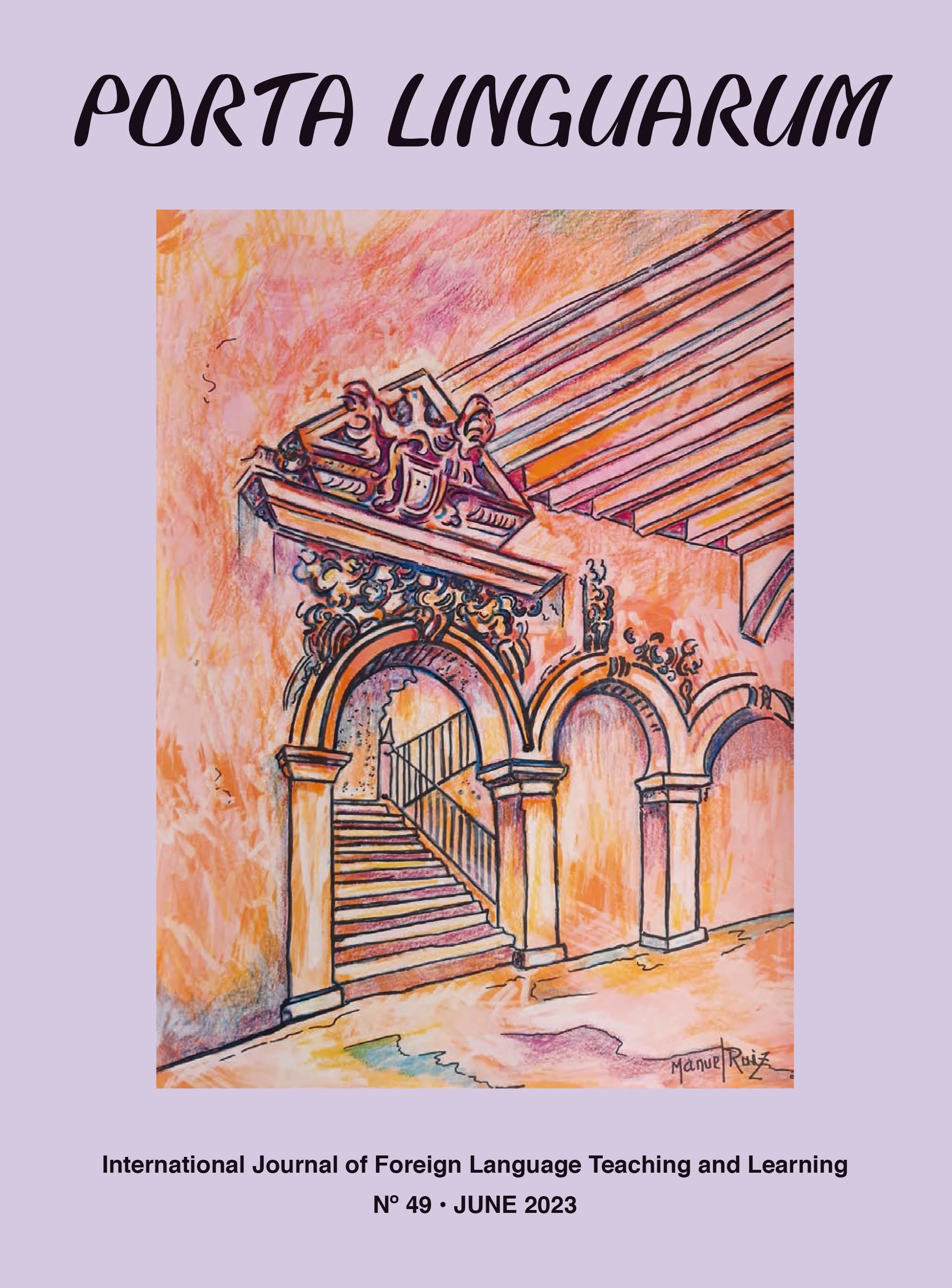A Critical Analysis of Theoretical Concepts, Jim Cummins, Bristol, UK; Blue Ridge Summit, PA: Multilingual Matters, (2021), 464 pages, ISBN-13: 978-1-80041-357-3
DOI:
https://doi.org/10.30827/portalin.vi40.27812Keywords:
Multilingualism, Multicultural education, Internalization, BilingualismAbstract
Multilingualism has always been a pervasive phenomenon in the academic arena and societies, where people belonging to dissimilar linguistic and cultural backgrounds live and/or study beside the mainstream group (Gorter & Arocena, 2020). The issue gained more momentum with the globalization of English and the internationalization of education that led to an exponential rate of immigration and juxtaposition of native and non-native students at schools (Walker, 2018). Given the significance of multilingual education, a growing body of research has been conducted to unpack its multiple dimensions (Sun & Zhang, 2020). Although such studies have offered promising insights, this strand of research still demands more scholarly attention devoted to the understanding of theories, policies, and practices of multilingualism to help students learn English and succeed in academia. To make this happen and bridge the gaps, Jim Cummins’ monograph, entitled “Rethinking the Education of Multilingual Learners: A Critical Analysis of Theoretical Concepts”, presents the readers with a personal journey that covers more than 40 years of research and practice in bilingualism and multilingualism.
Downloads
References
Gorter, D., & Arocena, E. (2020). Teachers’ beliefs about multilingualism in a course on translanguaging. System, 92, 102272.
Sun, P. P., & Zhang, L. J. (2020). A multidimensional perspective on individual differences in multilingual learners’ L2 Chinese speech production. Frontiers in Psychology, 11, 59. doi.org/10.3389/fpsyg.2020.00059
Walker, T. (2018). Internationalization and multilingualism: Integration or disintegration?. In I. Liyanage (Ed.), Multilingual education yearbook 2018 (pp. 139-158). Cham: Springer.



















